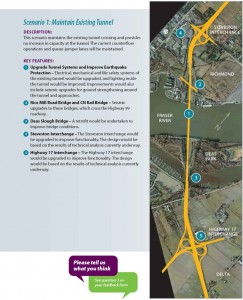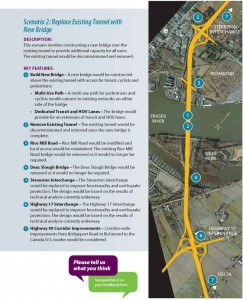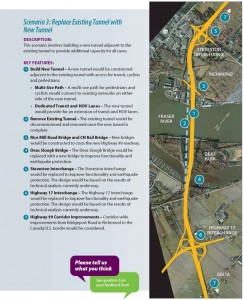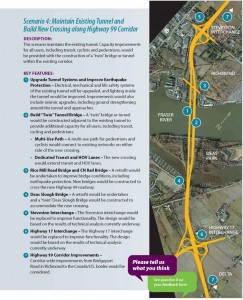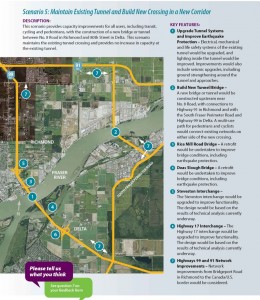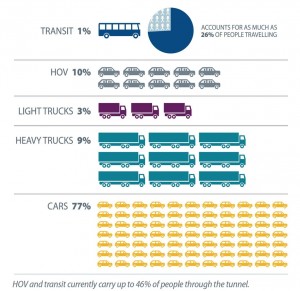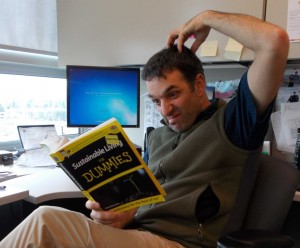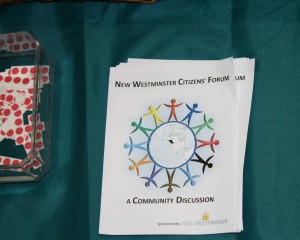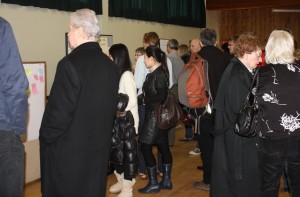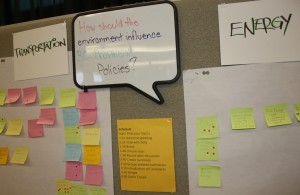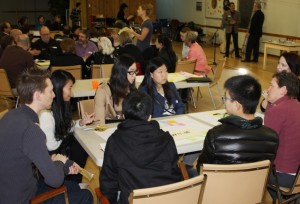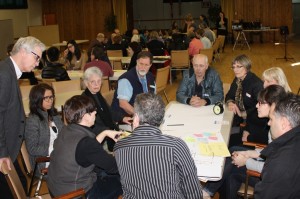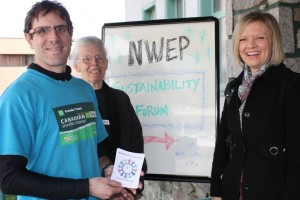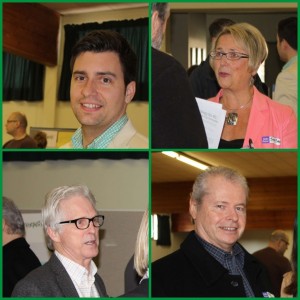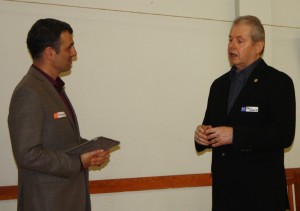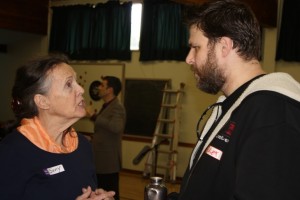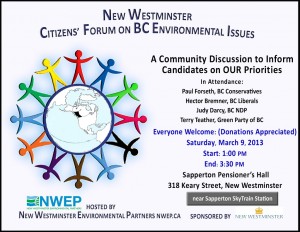Today the writ has dropped. We are off to the races.
This event has much less meaning than it used to. Back when elections could be called on any day convenient to the Majority, this represented the true start of a civilised and tolerable 28-day election period.
We no longer live in those more-civilized times.
Our elections are now drawn-out American-style affairs where everyone can see them coming years in advance and every decision made by government is based on their fixed timing. This campaign has been the longest in BC history, really starting 25 months ago when Christy Clark won the leadership of the BC Liberals, or maybe 2½ months later when she won her By-election. Hard to pick a specific start date, but we have been bombarded with campaigning and advertising for more than a year. The lawn signs and campaign finance disclosures starting tomorrow are really just a new phase.
“Now this is not the end. It is not even the beginning of the end. But it is, perhaps, the end of the beginning”.
– Premier Clark
The worst part is that we have had to endure a year of a government who is campaigning instead of governing, and the next damn government is going to do the same thing. The fact the Liberals have spend the last 6 months asking the opposition to disclose their election platform shows that they have failed to understand the role of government vs. opposition outside of the 28-day campaign period…
…wait, I’m going off on a rant here, and that was not the point of this post.
The point of this post is to talk about how elections impact community. New Westminster is in many ways a small town, and this is even more apparent at election time. Our concerns are often local, the same familiar voices pop up – you will likely see Dave Brett helping at the Queen’s Park All-Candidate event, and me helping out at the NWEP one, and people will flood to Tenth to the Fraser to get the best local on-line coverage. We know Bill Zander will have something to say at a Public Meeting, and Ted Eddy will write a letter to the Paper before this is done. Often, the same issues come to the surface, and we know where many people stand on those issues, and we know the grudges people have. Grudges are easy to hold, hard to move past.
However, 29 days from now, we are all going to have to keep living here in the same small community, the “winners” and the “losers” together. How we conduct ourselves in the next 28 days is going to frame how we work together to keep building this community that we all care enough about to go through this.
Going into this election, we have a great field of local candidates. I have had the opportunity over the last few months to have lengthy sit-down conversations with three of the four declared candidates. I feel confident that any of them would represent New Westminster well in Victoria. They are all approachable, honest, and good listeners. Their ideas vary somewhat, but I get the sense they all have the best interests of New Westminster and BC in mind, and that they want to serve this community for the right reasons. A “bad” result for New Westminster on May 14th is pretty unlikely. It doesn’t have to be divisive – elections can be about bringing people together.
The only “bad” result will be if we spend the next 4 weeks talking about what divides us (“Socialists” vs. “Free Enterprise”), instead of talking about what we all aspire towards, and how our plans to get there differ. The political system, representative democracy itself, is just a tool that allows us to set collective priorities and pool our resources towards achieving popular goals. We know we disagree on the pathway (that’s why we have elections) but we all share the same goal – a safe, prosperous, livable community.
The politics itself should never be the goal. If it is, you are doing it wrong. Argument for argument sake is part of the reason people become cynical about the process.
I know who is getting my vote this time. As someone at a recent political event (and self-confessed “Angry Young Tweeter”) reminded me, no-one is 100% sure until they write on the ballot; so with that in mind I will declare myself 95% certain. I plan to attend events and hear all of the candidates speak, and I hope I can have meaningful dialogues with each candidate to see where our ideas merge or diverge. I am even helping organize an All-Candidates event, one that will hopefully attract a diverse crowd to meet the Candidates. But I don’t think I am going to “declare” who I am voting for right now. I might blog about it before the end of it all, but for now, we’ll hold onto the secret ballot. That said, my regular readers probably know who I am supporting, and you might see a bag sign in my front yard before its all over (if Ms.NWimby will let me).
More important, I want to keep the lines of conversation to all candidates open. For good reason: In a “small town” like New Westminster, politics can be personal, but campaigning shouldn’t be. Political disagreement for me has always represented the start of the discussion, not the end.
Just look at James Crosty. We spar quite a bit on twitter, call each other names and ridicule the hell out of each other’s opinions or ideas. He is usually wrong, of course, but so am I. Neither of us have very good grammar. Yet we always seem to laugh at ourselves as much as at each other, and none of this disagreement has prevented us from shaking hands, sharing a conversation or a beer. I consider James a friend, and even when I disagree with him, I perceive that his only interest is in making his community a better place. We have the same goal, we just see different pathways towards it, and that is what makes our conversations fun. I learn from James, and I hope he learns from me, even if only by cautionary example!
In contrast, I was at an event recently where one of the campaign workers (not, I hasten to add, the Candidate) asked me if I would sign the Candidate’s nominations papers. I said “sure”, and she confirmed I was an eligible voter and lived in New Westminster (-all good-) or if I had signed anyone else’s papers (-uh oh…). You see, a few weeks previous, I had signed the nomination papers for another candidate running locally. The campaign worker’s reaction was like I had spit in her face: a mix of incredulity and disgust. I tried to explain that the person whose forms I signed was good person, running for the right reasons, honest, etc. etc. The campaign worker left in a huff and sent me dagger-eyes for the rest of the event.
It occurred to me afterwards that she should have immediately identified me as a “soft supporter” (I was at her candidate’s event, after all) and turned the charm on to make me feel welcome and important, and try to convince me the merits of her candidate. Instead, she made me feel like an outsider who should be treated with suspicion. Clearly, she did not feel the same about community and politics as I do. Or maybe she just cared more abut the path than the destination. I don’t think she lived in New Westminster.
So I am calling on Candidates, Pundits, Twitterers and Trolls to try to keep it above the belt, try to hold on to your sense of humour. You can take the issues seriously without taking yourself too seriously. The more voters we can get to polls from all sides, the more included people will be, and the stronger a community we build.
I hope to see many of you on May 4th for a real community-building all-candidates event.Then i hope you all vote.
